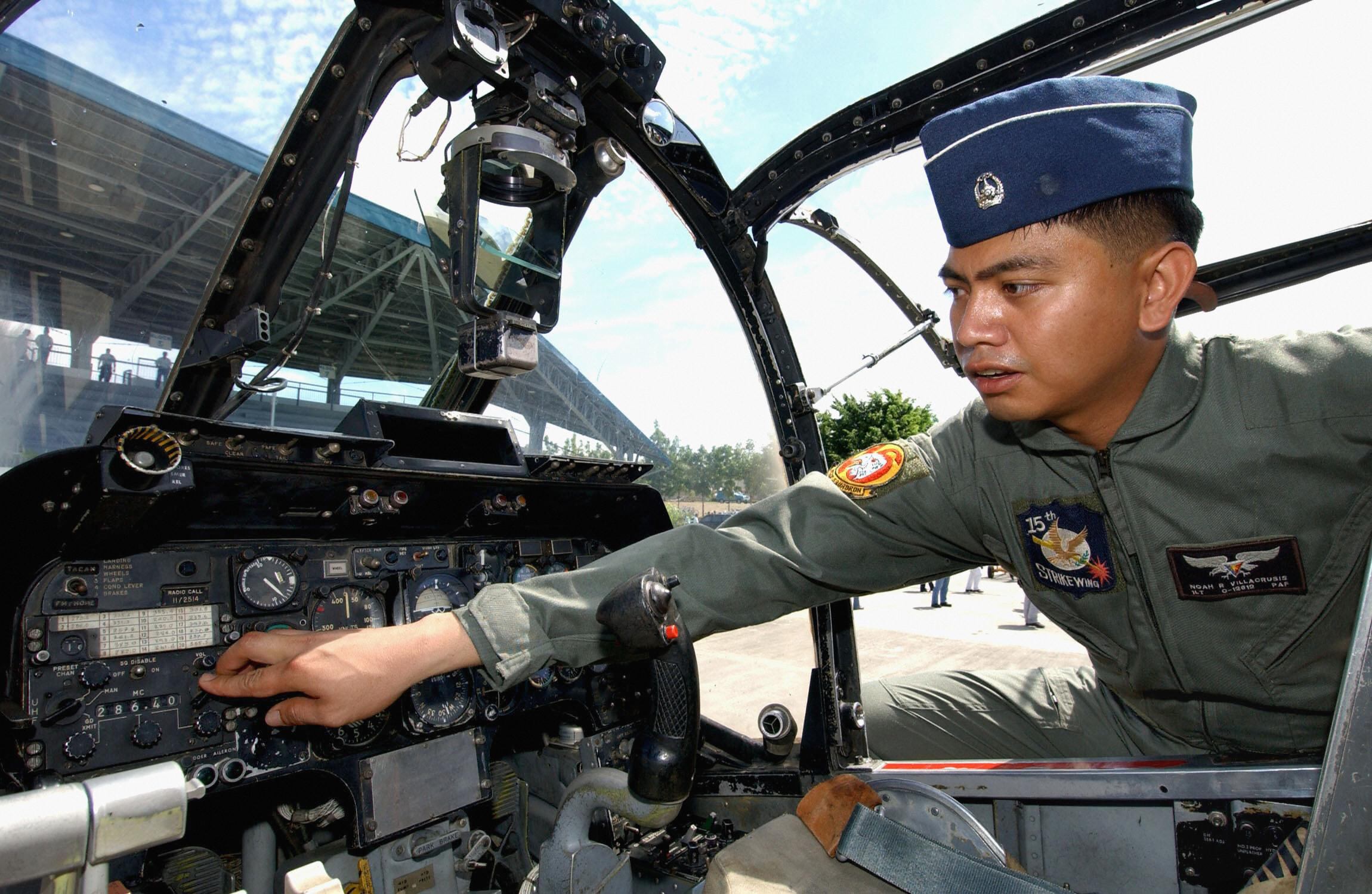MELBOURNE, Australia —The Philippines will receive retired turboprop light attack aircraft from the U.S. Air Force, which has already begun the process of competing a contract to have the planes disassembled before shipping overseas.
Sources in Philippines said the government was offered the North American OV-10 Bronco twin-turboprop light attack aircraft earlier this year, after it had requested the transfer of spare parts for the type being stored by the U.S. government. The Philippines subsequently inspected the aircraft and found them suitable for use.
Defense News learned that the aircraft, which have been retired from U.S. military since the mid-1990s, will be provided free-of-charge to the Philippines, most likely as part of an assistance package to the country’s military. However, the south-east Asian country will be liable for the costs of transporting them from the United States, with the transfer expected to take place later this year and the aircraft expected to be ready for service in early 2019.

In a solicitation posted on the fbo.gov website on July 19, the U.S. Air Force Materiel Command’s Life Cycle Management Center at Hill Air Force Base, Utah said it was seeking bids to disassemble four Rockwell OV-10 Broncos which will then be crated, shipped overseas and reassembled for a Foreign Military Sales case.
The solicitation also noted that the four aircraft are a mixture of two OV-10A and two OV-10G+ aircraft. The aircraft were formerly owned by NASA, with the two OV-10G+ heavily modified in 2015 and used by U.S. Special Operations Command for combat evaluation in the campaign against the Islamic State in the Middle East before being returned again to NASA.
The USAF solicitation hints at these modifications, noting that the two OV-10G+ aircraft had “over 5,000 new wires installed” during their last upgrade, with the bid winner needing to pull back the wiring for storage into the fuselage prior to their being shipped overseas where the wires will be rerouted as part of the reassembly process.
Earlier documents relating to the modifications had indicated that the aircraft were modified with a L3-Wescam MX-15Di Eletro-Optical turret, Link 16 tactical datalinks, full-motion video, a glass cockpit and the ability to fire the BAE Systems Advanced Precision Kill Weapon System GPS-guided rocket.
The OV-10G+ were demilitarized and returned to NASA following the trials, having flown 120 combat sorties in less than three months. However, the Philippines is hoping to re-activate at least some of the modifications upon re-introducing the aircraft into its inventory.
The Philippines is the last operator of the OV-10 Bronco, with its air force currently operating between eight and 10 aircraft. It also possesses several airframes that have been put into storage. The country has previously upgraded its OV-10s to employ laser-guided bombs designated by troops on the ground, although these were not used during its recent operations against Islamic State-affiliated militants in the south of the country where only unguided rockets and bombs were used.
Mike Yeo is the Asia correspondent for Defense News.





